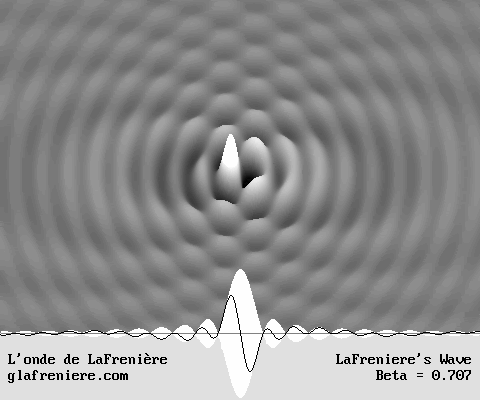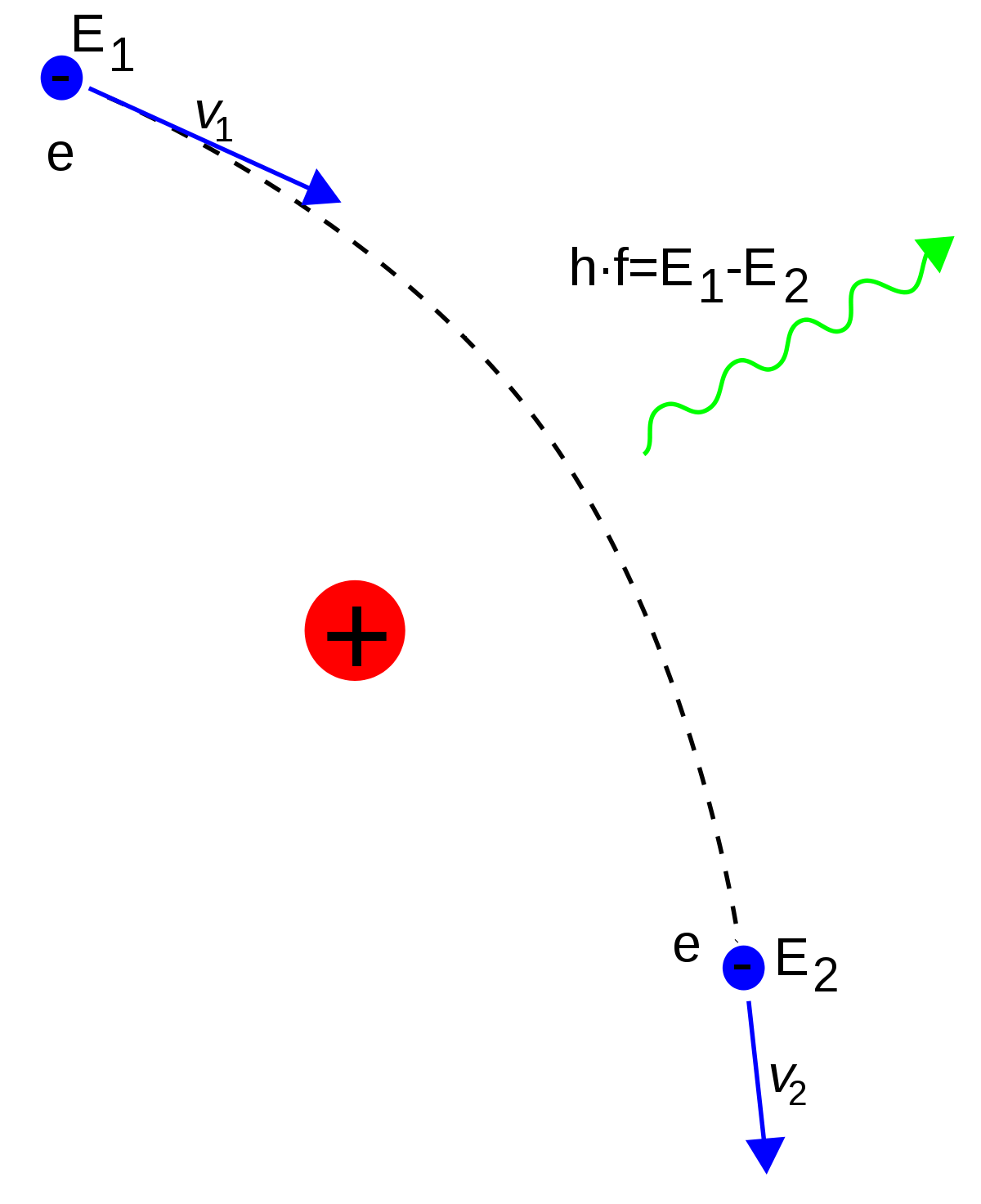johanfprins
Junior Member
- Aug 6, 2010
- 10
- 0
- 0
I am not going to comment on the extracts posted by William Gaatjies in detail since the interpretation of the results of what he has quoted, by the researchers who measured these results, is naive. Yes there are two gaps involved in the ceramic superconductors, and yes when you inject a large number of charge carriers the energy through the superconductor can be approximated by sort of "wave" of charge-carriers. But it is also transported when a SINGLE charge is injected. How can a single charge-carrier cause ALL the charge carriers within the superconductor to suddenly move as a "wave"?
There is a single, simple mechanism that models superconduction in both the low temperature metals and the ceramics. I have been blocked from publishing this model since it proves without a doubt that the charge-carriers are NOT PAIRS but fermions. I already wrote a book about it 5 years ago, but it seems that the elementary physics in that book is just too advanced for modern-day physicists to understand. This model predicts that the ceramic materials have a ceiling for the critical temperature at about 250 K: Exactly where these materials became stuck twenty years ago.
I have now written a second book aimed at people who have not been lobotomized by studying physics at a university.
There is a single, simple mechanism that models superconduction in both the low temperature metals and the ceramics. I have been blocked from publishing this model since it proves without a doubt that the charge-carriers are NOT PAIRS but fermions. I already wrote a book about it 5 years ago, but it seems that the elementary physics in that book is just too advanced for modern-day physicists to understand. This model predicts that the ceramic materials have a ceiling for the critical temperature at about 250 K: Exactly where these materials became stuck twenty years ago.
I have now written a second book aimed at people who have not been lobotomized by studying physics at a university.





